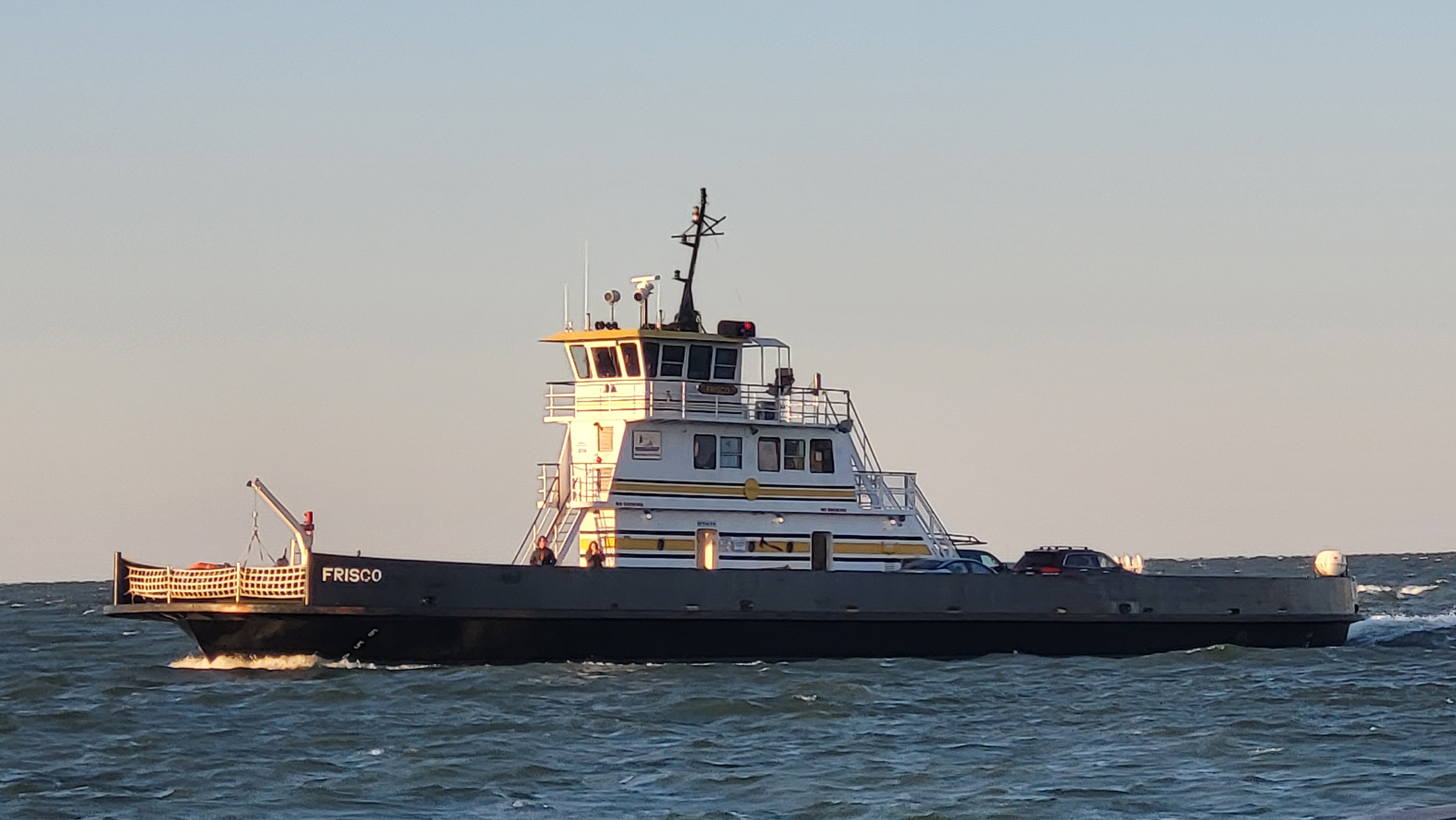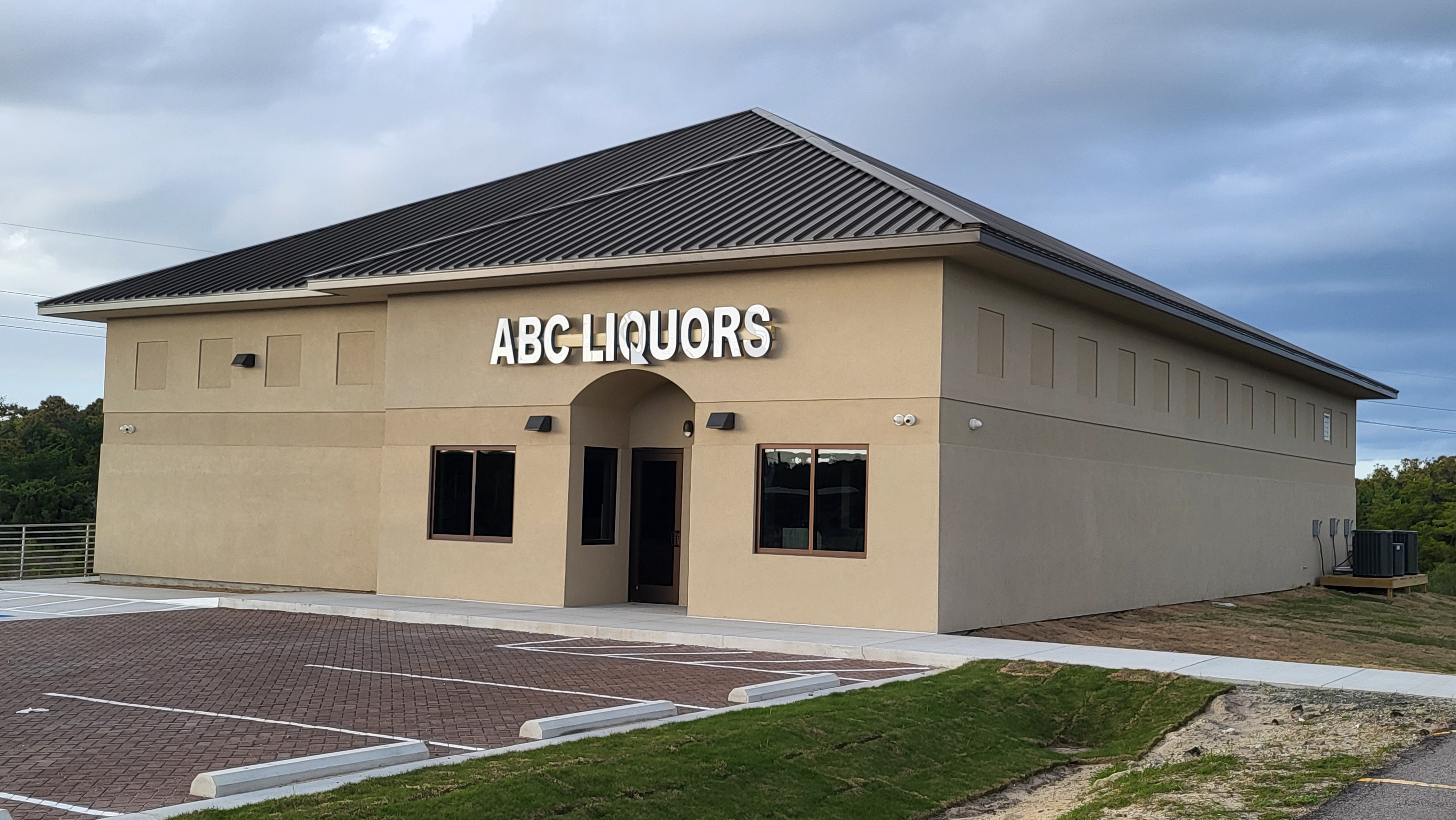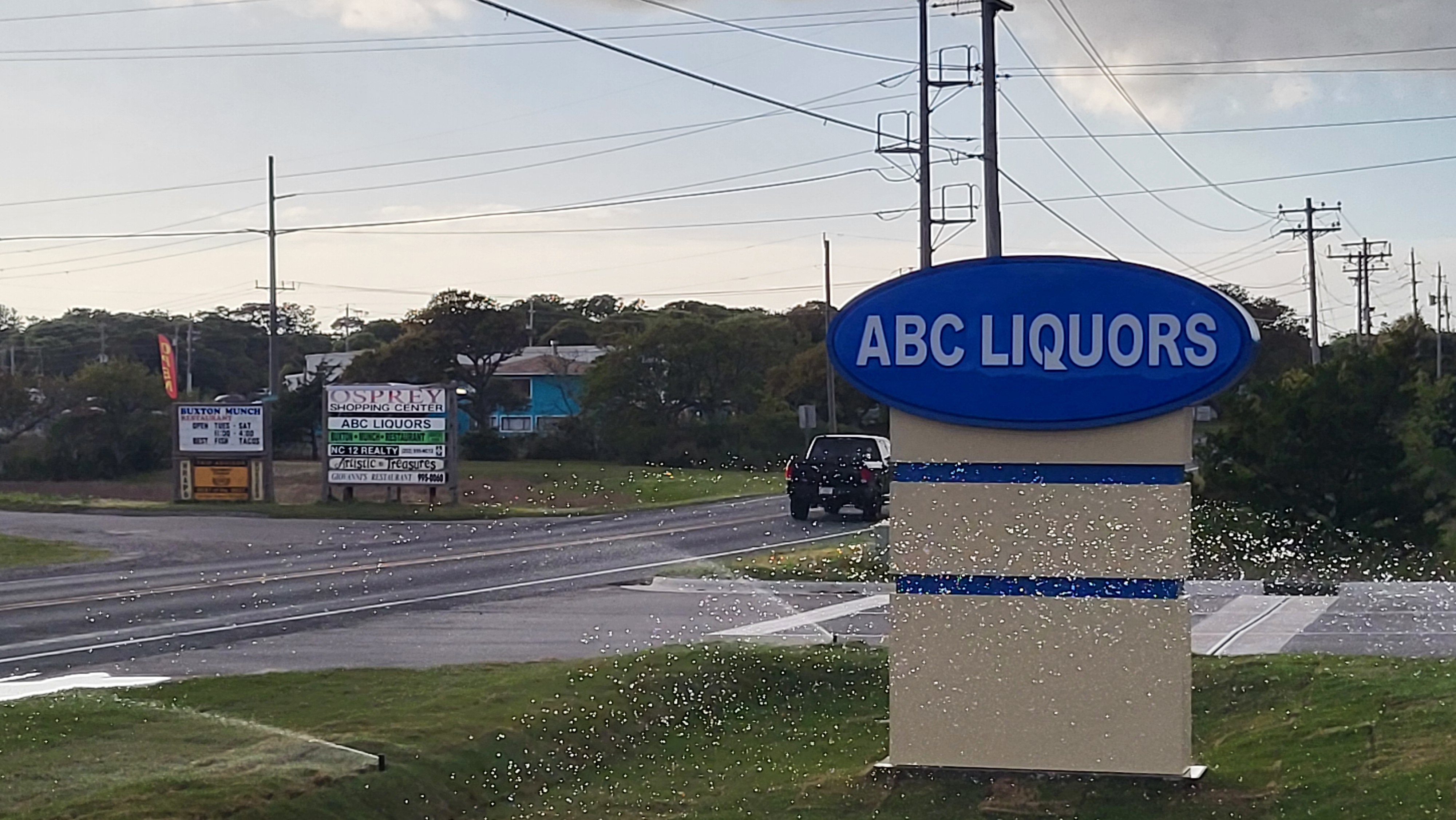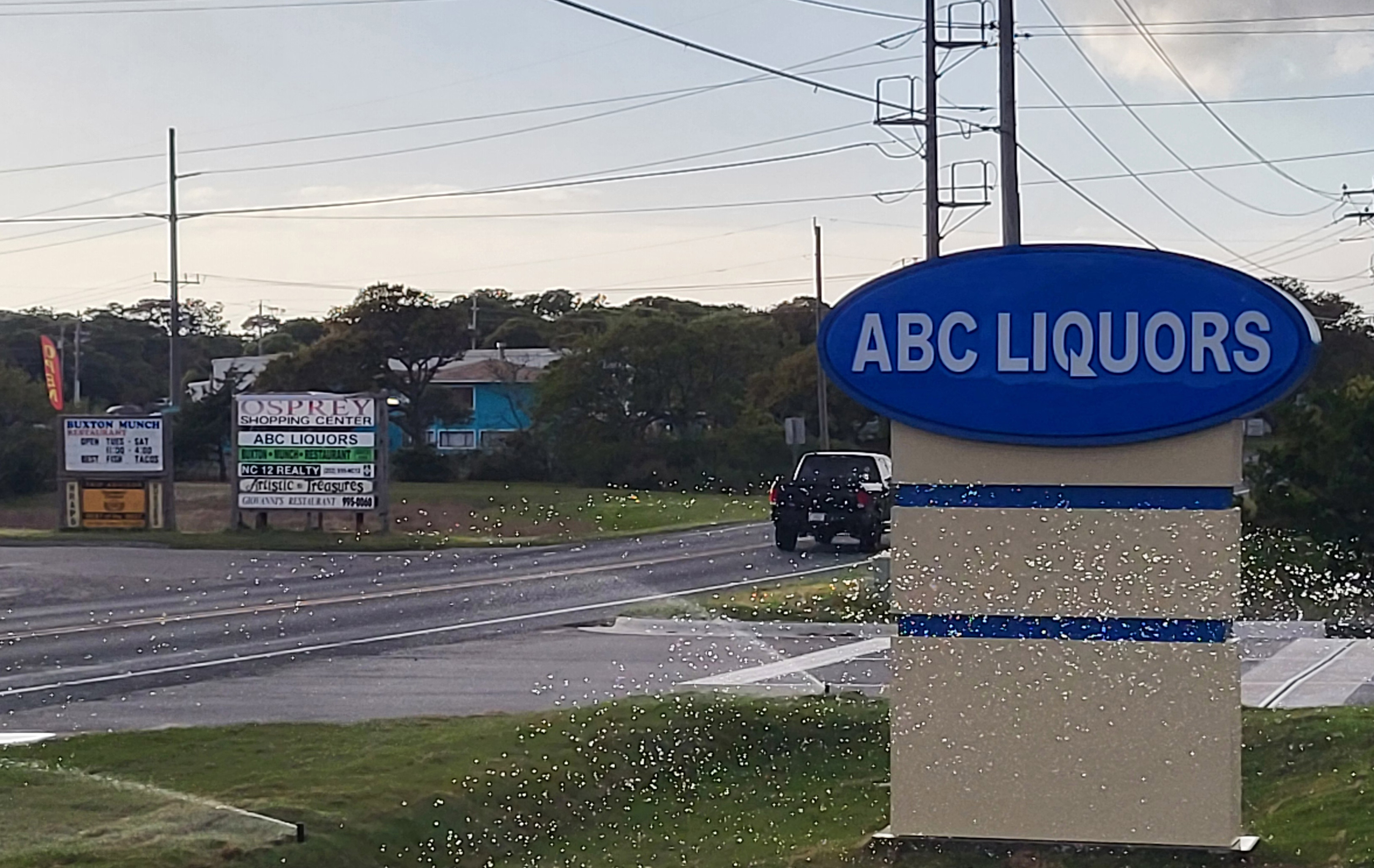Historic Lighthouse A Modern-Day Marvel
The Coast Guard recently overcame various hurdles in North Carolina to keep the famous Cape Hatteras Lighthouse shining. Some of the light’s rare components sustained storm damage in mid-January and the light was without power for more than a month. Ohio contractors were hired by the Coast Guard to manufacture necessary replacement parts from scratch for around $3,000. Coast Guard electrician’s mates from Cape Hatteras and Fort Macon turned the light back on in Buxton February 17.
The Coast Guard continues to operate many historic lighthouses as active aids to navigation, a responsibility the service inherited from the U.S. Lighthouse Service in 1939. Since then the Coast Guard has helped mariners navigate U.S. waters by modernizing these navigational aids when possible, as technological improvements become available.
The Coast Guard has converted many of these lights to solar-powered LEDs to save on maintenance and electricity costs, as well as to minimize impact on marine ecosystems. These conversions are especially significant at isolated locations that otherwise require extensive and costly underwater cables.
The recent modernization of the Cape Lookout Lighthouse in North Carolina demonstrates not only a thriving partnership between the Coast Guard and National Park Service, but also their shared commitment to saving taxpayer dollars and protecting the environment. Through the agencies’ cooperative initiative completed in the fall of 2017, the famous lighthouse was upgraded with an LED optic that runs on solar power.
This builds on a tradition of modernization. Between 1859 and 1982, the light or its power source was modified 10 times. In the mid-1980s, the diesel generator that powered the light was replaced by commercial power supplied by an underwater cable.
“In 2016 the underwater cable that provided electricity to the Cape Lookout Lighthouse was inspected and found to be severely deteriorated, near failure,” said Chris Scraba, deputy chief of the waterways management branch for the 5th Coast Guard District in Portsmouth, Virginia. “The cost to replace an existing submarine cable at one of our Mid-Atlantic lighthouses can be $2-3 million. The cost to modernize that same light with solar panels and an LED optic can be significantly less.”
“Installing a new submarine cable could potentially disturb the coastal environment,” said Capt. Jerry Barnes, chief of prevention for the 5th District. “The shift to solar panels is the natural solution and aligns with our mission to protect marine environments and living marine resources.”
In order to maintain a lighthouse’s iconic historical structure, the National Historic Lighthouse Preservation Act of 2000 provides for the transfer of lighthouse structures to local governments and private non-profit groups such as historical and preservation societies, while the Coast Guard continues to maintain lamps and lenses that are still operational.
The Coast Guard transferred the Cape Lookout Lighthouse and property to the National Park Service in 2003. Today the lighthouse and the land and buildings around it are owned and maintained by the National Park Service, while the Coast Guard is responsible for powering the light and making sure it functions properly. The buildings that surround the lighthouse, used by NPS employees for a visitor contact station, restrooms, a maintenance facility and housing for volunteers, are now also powered by solar panels.
“Maintaining an aid to navigation while preserving a historic icon at a reduced cost to the public presents multiple challenges,” said Jeff West, superintendent at Cape Lookout National Seashore. “This project is just one example of the great working relationship the National Park Service has with the Coast Guard, but is representative of how we work together to find solutions.”
“The icing on the cake for this project was when we were able to transfer the old lighthouse beacon to the NPS,” said Chief Warrant Officer Randy Seltzer, engineering officer at Sector North Carolina. “Visitors might be able to see it at the Cape Lookout National Seashore visitor center at some point down the road.”
For more information about visiting Cape Lookout National Seashore, please visit the NPS Cape Lookout website: https://www.nps.gov/calo/index.htm











